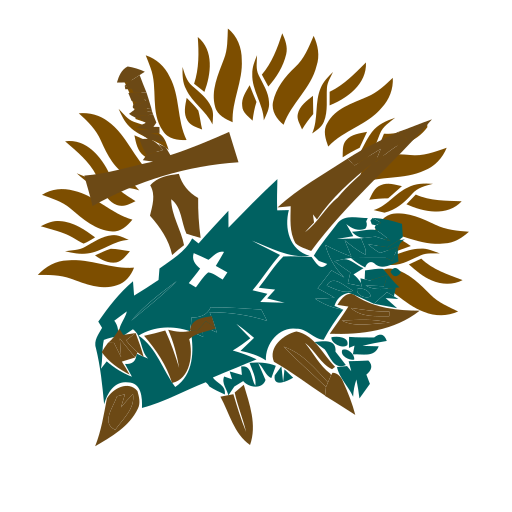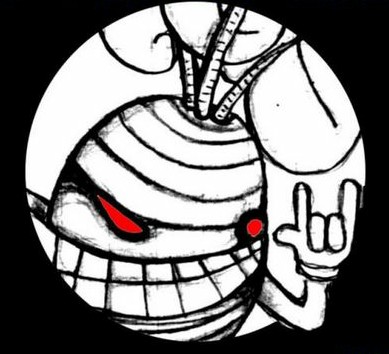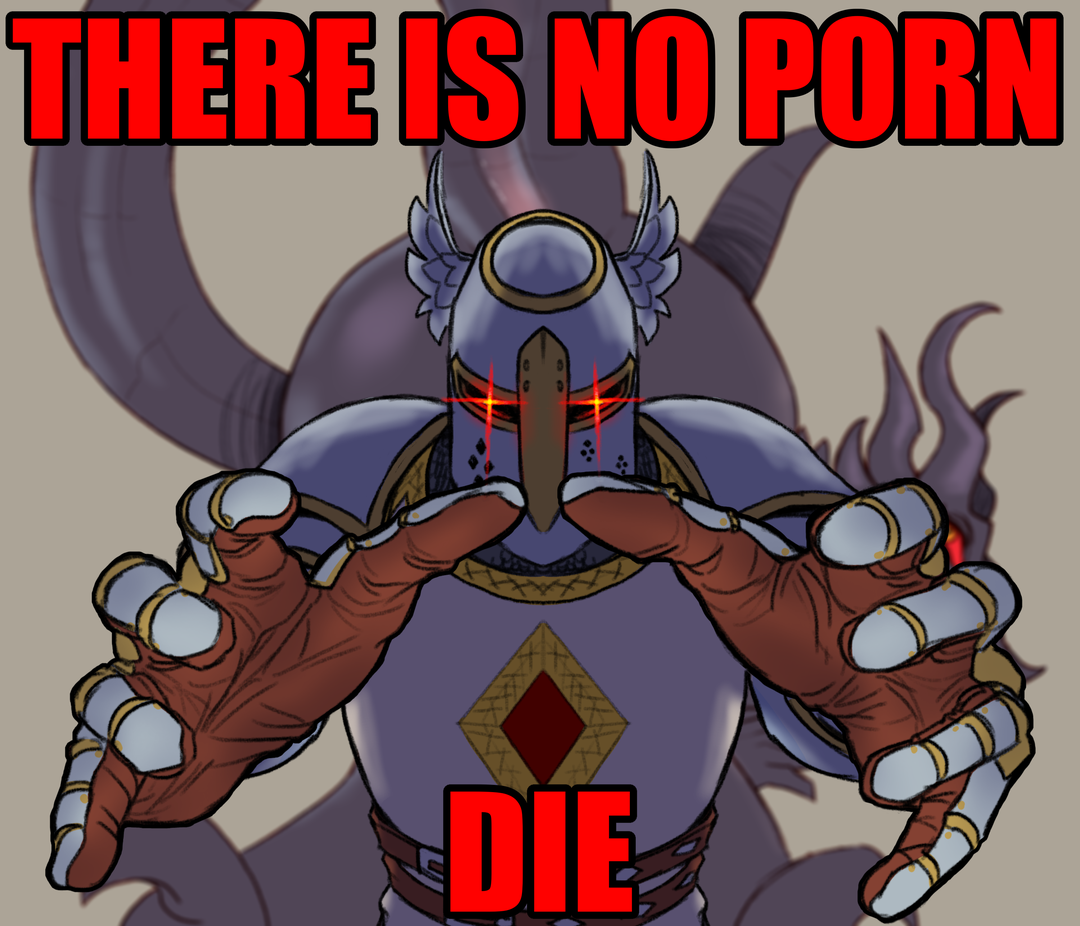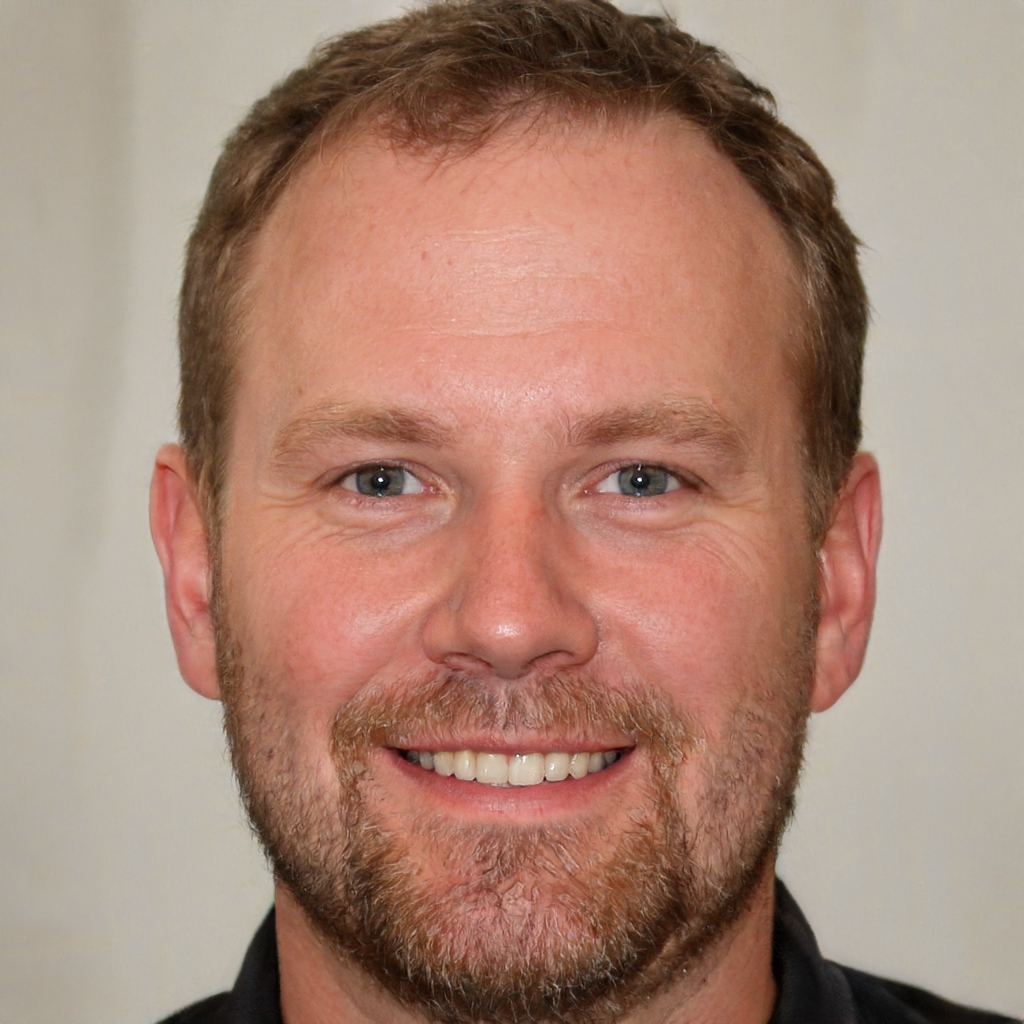Four and twenty blackbirds baked in a pie…
That still fits the pattern of “bigger number, then smaller number.”
True. It does match the French pattern of 4x20+x.
It does exactly, and I didn’t notice that. “Four score and twelve.”

I think the first picture jumps over a little bit of calculation:
9 x 10 + 2
2 + 9 x 10
p.s. The third one makes total sense!
Ehh, i’m not giving France a pass either.
The answer to 100 - 8 should not be four twenties and a twelve. We’re counting, not making change.
French counting is bunk. Way, Way, better then Denmark though apparently
the thing nobody mentions is that the 4x20 part became a word that just means 80 in people’s mind, it kinda not literal anymore, but the Swiss and Belgian ways are still better (edit the 4x20+10 is similarly just 90)
e a word that just means 80 in people’s mind, it kinda not literal anymore, but the Swiss and Belgian ways are still better (edit the 4x20+10 is s
And if it was 28 syllables, it would still be 80 in people’s minds. But the words are still four twenty ten eight for what could easily just be nine eight.
I get it, but it is really inefficient for something as oft used as counting.
If it makes you feel better, English is full of crap like that which doesn’t make any sense and I’ll own that as a trash language :)
Yeah that’s why i say the Belgian and Swiss ways are better, their French speakers have dedicated words for 70 80 90. That being said I not sure but I guess in a lot of languages those words just mean 7x10 8x10 9x10 … we understand base 10 better but that’s still a calculation in disguise, historically (and still in some cultures?) base 10 isn’t the norm (hence the 4x20 among others).
(edit the 4x20+10 is similarly just 90)
I can let you get away with the first part about 4x20 just becoming the word for 80, but with this one, you’re just fooling yourself and others.
If it were just another word for ninety, than ninety-two would be (4x20+10)+2 instead of 4x20+12 And it works that way up to 96.
Just stop making excuses and own the weirdness.
… I would say that’s more about 10 and 12 having their on words, we don’t say ten two, it’s a bit of a shortcut? Then after 16 we stopped caring and didn’t make new words, sticked to 10 7, 10 8, 10 9 for some reason, that IS weird. Unless you take into account that base 10 wasn’t always the norm and maybe it made sense to have dedicated words for numbers up to 12 or 16 because they were commonly used quantities or alternative counting bases idk. See I can find (blurry memories of, needs sources) good reasons ;p The point being people say 4 20 12 but only think 92.
Most Danes does not know how 92 is constructed - it is just as picture one, second calculation: 2 and halvfems = 92.
However, I do feel like we’re using Imperial unites.
Ugh okay here’s another “Danes shouldn’t be allowed to make number stuff”:
The time 15:25 is “five minutes before half 4”
“Fem minutter i halv fire”
So you round up to 16 before even halfway, what!?
Same in Dutch,
“Vijf voor half vier”
I’m very Danish and refuse to adhere to this nonsense. It’s pronounced “three twenty-five”.
Jeg elsker dig for det
That makes perfect sense to me though. In Swedish we’d say fem i halv fyra. Five minutes to half four.
But in English half four would be short for half past four. I guess.
Counting like the Danish, however, that is an abomination.
What’s wrong with “25 over 3?” I see the need for half 4 by itself but things being relative to that is so weird to me
Agree - even “3 25” would be perfectly normal.
Well, it’s interesting because that would be the case with 15:20. That’d be tjugo över tre (twenty past three). But specifically 15:25 would be fem i halv fyra (five to half four). 15:35 is fem över halv fyra (five past half four).
And then 15:40 is tjugo i fyra (twenty to four).
So :25 and :35 are weird edge cases.
Man 3:25 is right there
Oh yeah, one of the pics that inspired me to study French. I was dreading the numerals but it’s not that bad. You count tens and twenties and sometimes they’re special. And numbers below 20 have specific names, but that’s kinda true in most languages.
A lot of languages have weird corner cases. (Like, in Finnish most numbers are perfectly regular. Except 11-19 which are not “one-ten-and-x” but rather “x-of-the-second”. I’m sure there’s a reasonable etymological reason. At least they’re not “teens”.)
shakes fist THE DANES!
Isn’t it mostly 9*10+2? 9 * ty (implying 10) + 2.
Even german does that, although weirdly the way you can’t just write down long numbers reasily one by one: Zwei (2) und ((and) neun- (9) -zig (*10)).
Quatre-vingt douze isn’t incredibly onerous when you use it in practice.
Yeah France is fine
hard agree i actually think france’s method of counting is pretty intuitive
Agreed. Fourscore and twelve just works (English used to use this, at least in formal speech and writing).
Quatre-vingt dix huit or quatre-vingt dix neuf are definitely more of a mouthful and illustrate the point better.
Even worse. 90 in old Danish is “halvfemsindstyve” but it is rarely used today. The “sinds” part is derived from “sinde” means multiplied with but it is not in use in Danish anymore. That leaves halvfems, meaning half to the five (which is not used alone anymore) and tyve meaning twenty (as it still does).
We are in current Danish shortening it to halvfems which actually just means “half to the five” in old Danish (4.5) to say 90. 92 is then “tooghalvfems” (two and half to the five, or 2+4.5). The “sindstyve” part (multiplied with 20) fell out of favour.
So we at least have some rules to the madness. Were just not following them at all anymore.
Edit: Minor old Danish math correction.
I love how halvfems exists but fems doesn’t (and I guess it never did)
How did you guys even get to this thought process for saying this sort of thing? Why would you work in fractions for whole numbers in language to start? Is this a monarch thing like they fancied themselves a math wizard so they said it like it was a solution on countdown and others mimicked to keep them happy/sound smart themselves?
Little fun-fact: We still have a trace of this left in Norwegian, where the most common way to say “1.5” is not “en og en halv” (“one and a half”) but “halvannen” which roughly translates to “half second”.
We abandoned the “half third”, “half fourth” etc. very long ago (if we ever used them), but “halvannen” just rolls nicely off the tongue.
Halvannan is used in Sweden too. In retirement homes…
In polish, “półtora” means one and a half, it comes from a proto-Slavic word meaning “half-second” for some reason
We actually still say “halvanden” in Danish too. Everything else is not used (except for halvfems which means 90…)
You also use halv tres (50) and halv firs (70) don’t you?
Halvfjerds for 70 but yes. Firs is 80 though, so that doesn’t make in much easier.
Fjerde = fourth, fire = four. That makes “half to the fourth” become “halv til fjerde” or “halvfjerds” while “four times twenty” becomes “firsindstyve” and shortened to new Danish “firs”
The reason is that the Danish numbering system is based on a vigesimal (base-20) system instead of the decimal system. Why is a good question but it might have been influenced by French during a time where numbers from 50-100 is less frequently used, making them prone to complexity. The fractions simply occur since you need at least one half of twenty (10) to make the change from e.g 50 to 60 in a 20-based system.
why would you avoid the fraction and use it up to 100 then minus 8. I dont have a lot of an issue with it being base 20 but the idea that talking in numbers you have to know fractions for a child is WILD to me. You have to do like a month of understanding math fractions to get how to speak whole numbers.
We don’t really learn the reason, we just memorise the word for the number. Kinda like you know the word “dog” means a four legged cute creature, but not why the name is “dog”. The old rules are not something we are teached, I just got curious after a confused foreigner made me think about the system for a second :p
That’s the technical reason, another reason is that the Danes tried to out-French the French, as they were very hip at the time.
ancient danes counted with their toes too lmao
But how did Danish end up like that even though it’s quite similar to Germanic languages and obviously neighbouring Germany?
No idea. We probably had a period where we traded a lot with the French and got influenced by the vigesimal system that way, creating the abomination of a Frankenstein monster we have today.
English also has words like dozen (12) and score (20).
I guess it came from the physical counting in trading. Imagine counting 96 small items. It makes sense to group them into scores and then count the scores. 1 score 2 score 3 score 4 score and a half score. Then there are few remaining that didn’t fit it neatly in scores and then counted last. That’s a total of 1, 2, 3, 4, 5, 6 plus the 4 and a half scores.
How
Why
Dane here. My guess is utter madness resulting from a history of overdosing on fly agaric filtered through the urine of slaves, followed by a distressingly long period of Catholicism.
Frankly, it’s a wonder that our ancestors didn’t come up with an even MORE bizarre way of saying numbers and other things!
Also I’m pretty sure losing folks to stupid wars in England didn’t help, the Great Heathen army and the conquest of England by Sweyn Forkbeard come to mind. No the relative prosperity and peace of Cnut the Great doesn’t make up for the theoretical brain drain.
(5-0,5)x20 = 4,5x20 = 90? 2+((5-0,5)x20) = 2+(4,5x20) = 2 + 90 = 92?
- Half to the five = (5-0.5) = 4.5
- “Sindstyve” = multiplied by 20
- 4.5*20
- Two and half to the five multiplied by twenty = 2+(5-0.5)*20 = 2+4.5*20 = 2+90 = 92
Oh! That makes my brain hurt a bit less. It’s “subtract half from five”.
Yeah, it’s kinda the difference between saying “the clock is currently half past twelve” (the English way) and “the clock is currently half to one” (which we say in Danish and probably in a wealth of non-English languages too).
When I’m in Denmark and have to say 92 I just say “kamelåså”
Oh man, that takes me back.
Syglekole?
You just ordered a thousand litres of milk
That’s actually happened a couple of times in Denmark (accidentally and after the sketch was released) https://www.tv2.no/nyheter/utenriks/span-data-lab-colortxt-blue-classtxt-blue-idext-gen1386kamelasa/span-dansk-kjopmann-skulle-ha-270-liter-melk-fikk-2575-liter/7268663/
This is making my brain hurt. I need to try reading a few more times but, if I am understanding it correctly, the old Danish way of saying it is mathematically incorrect?
Half-to-five == 2.5
2.5*20 == 50
…
Did I read that correctly?
I think it means half less than 5, or 4.5
Maybe you’d say “half until 5” in english
for no particular reason, in English, 5:30 can be said as “half past 5” but never “half until 6”. (but “five thirty” is still more common)
I’m not Danish, but I think he meant 4.5 instead of 2.5. It’s like halfway from 4 to 5, not from 0 to 5.
A similar word exists in Finnish too, when going from 1 to 2: “puolitoista” translates to “half second”, like halfway to the second number, and is commonly used to refer to 1.5, BUT without any multiplication shenanigans.
Correct.
- Half to the second (halvanden, still in use today) = 1.5
- Half to the third (halvtredje) = 2.5
- Half to the fourth (halvfjerde) = 3.5
- Half to the fifth (halvfemte) = 4.5
And so on. You might notice that I sometimes write it like “halvfemte” and other times “halvfems”. The latter is just the way it was spelled when used in a combined word (another fun quirk in Danish that we inherited from Germanic this time!). 90 is today spelled just “halvfems”.
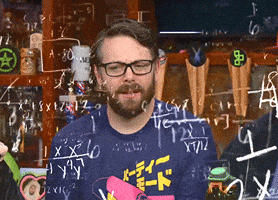
Sorry to ping you a bunch with replies. I’m curious now, do you have unique numeral symbols for the numbers after 9?
No, we use the same numeral symbols as everyone else. We just pronounce it in the most unintuitive manner possible.
I can imagine that we once had symbols representing the base 20 system but standardised at some point to decimal symbols. I though haven’t encountered any piece of history to back that up.
Finnish is actually 9*10+2
Yhdeksänkymmentäkaksi
Yhdeksän = nine
Kymmentä = of ten
Kaksi = two
French language uses math to speak numbers if anyone is wondering about France.
Edit: Apparently I wasn’t precise enough for the dude below. It starts at 70 and ends at 99 every time you get to those numbers. De rien, tabarnak.
Not quite. They just have remnants of an old base 20 system that kicks in for specific numbers.
Je le sais, je parle français .-.
97
4x20 + 10 + 7
That meme is so lame. 92 in Danish is two and a half fives. The 20 part is old-fashioned and literally nobody has used that since the 1800s.
2 and a half fives’ twentieth = outdated cringe. 2 and a half fives = actually how it is said today.
It’s still a friggin nightmare to get someone’s Phone number verbally, though.
Exactly
Base 20, or “vigesimal”.
Not Danish here… Isn’t that 12.5?
It’s breaking my brain too, what is this cryptography lmao
When you have to write down numbers, but the person reading you the numbers speaks slowly 💀
Them: “Two…”
Me: “2”
Them: “… and fifty”
Me: “…
2- 52”Them: “Six…”
Me: “6”
Them: “… and twenty.”
Me: “
6- 26”🫠
No, in Danish the “half five” part means the same as “half past 4” on the clock: 4.5.
Then the part that most people omit nowadays, sindstyvende, means times 20.
(Half past 4) times 20 = 90.
Dane here. No one actively thinks of 90 (halvfems, 2 and a half fives) as a mathematical expression. Is is just a word for 90. So we say 2+90 like Germany.
Would it have been nice if that word meant “9 tens”, yes, but Danish is a just a stupid language where you have to learn a bunch of things by heart unfortunately.
How would you say trump is like Hitler? Do you have to describe the Holocaust in few words within a long ass German style word?
Easy. We often use idioms for comparisons.
One old way would be: “Trump and Hitler are both 2/3 yards from one piece” which means “They’re cut from the same (bad) fabric”.
Fabric was cut in an old measurement"alen" which was 2 foot or 2/3 yards, so simply stating the length would be understood as fabric, similar to how everyone knows that a 2x4s is a piece of wood and such.
Denmark = outdated cringe
Just kidding neighbor, I love you all
Found the swede xD ❤️
Let’s grab a rød pølse and some surströmming
edit: evil combo of the year
I’ll bring the kamelåså and we get the party started
That only makes it worse.
Two and a half fives = 12.5.
More like 2 and half fives. Half five is our word for 90. So in essence we say 2 and 90 but the word 90 is half five.
80 is fours
70 is half fours
60 is threes
50 is half threes
40 is forty
30 is thirty
20 is twenty
10 is ten.
Oh and a 100 is a hundred. So I dunno what happened between 50 and 90, but I’m sure there is a funny story behind that somewhere.
You’re just digging yourself and Denmark into deeper hole. It’s fucked up and you know it
I never claimed otherwise. I’m just tired that this 92 meme is using outdated language (or numbers rather) to make a point that may have been reasonable to make in the 1800s, but not today. Doesn’t mean our number system is any less retarded today. If anything, I’m just adding on to the fact that Danes are notoriously lazy with the Danish language and will cut corners with all words and sentences the same way Americans cut corners when they chop everybody’s name up into bite sized nicknames. For us, though, it’s more like slurring at the end of a word and flat out ignoring letters that are very clearly there in the word.
Woe is the poor asshole who decides to immigrate here and attempts to learn the cancerous gargle that is our language.
That said, it is still the best language to curse in and when used in poetry, it can be downright majestic.
But yeah, our curses are superior to all words in the English language.
My favourite for life will always be kræftedme = cancer eat me - usually uttered in a sentence to underline how pissed off you are and how serious you are about being pissed off.
My favourite for life will always be kræftedme = cancer eat me - usually uttered in a sentence to underline how pissed off you are and how serious you are about being pissed off.
Just curious: do you take that as a reference to cancer as a sickness or actual crabs eating you?
In German the word for cancer (Krebs) is a homonym referring to both the sickness and a crustacean. So I wondered how this works in Danish.
(It is in English too, though the reference to crabs is only scientific and thus a very exotic interpretation)
In Danish cancer is “kræft” while crab is “krabbe” so kræftedme refers to getting eaten by the sickness. Could potentially also refer to strength as kræft/kraft also refer to physical strength, but I’m pretty sure it refers to the sickness.
The map is wrong, Czechs can do both 2+90 and 90+2, I am not sure if it’s regional within the country, or depends on the context, but they definitely use both versions
Norway used to count like the Germans, but switched after the introduction of the telephone. There were simply too many mistakes when telling the numbers to the operators, that a change was mandated.
Old people might still use the 2+90 variant though, but it is not very common.
So now you’re calling me old? THE NERVE!
And the French way isn’t rotten? Lmao
It’s bad, but not danish bad





